Majority of small and marginal farmers raise native chicken in their backyards. The native chicken are nondescript, mongrel birds that have evolved from jungle fowls interbred with domesticated ones brought into the country by early Chinese, Spanish and Dutch traders and settlers.
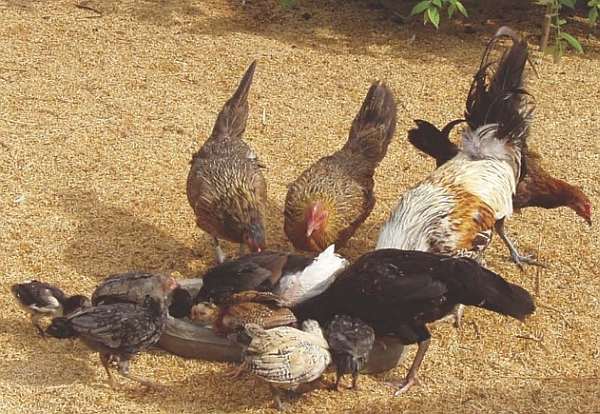
The native chicken have adapted themselves to adverse conditions in small farms – poor and scanty feeds, inadequate shelter, sudden changes of weather and rampant diseases. The birds are generally left to fend for themselves. As a result, they have acquired unusual hardiness.
These native birds supply the family with a few eggs and, occasionally, meat for home consumption, for barter or for sale. Their meat and eggs are claimed to be tastier and more savory than those of purebreds. Thus, inspite of their slow growth and small size, they are more costly. It takes them a year to obtain full size (1-1.5 kilograms). Under farm conditions, the hens give from 30-50 eggs in 34 cycles a year. The eggs are small and brown. The hens become broody for a long period after laying a clunch of 10-12 eggs. (farmers control the broodiness of native hens by soaking them in cold water, removing the laid eggs from their nests, or even placing some salt or powdered pepper on their cloaca and also by providing better feeds).
Some strategies in upgrading the native chicken
The government and agricultural universities as well as some private individuals have embarked on some strategies to improve the native chicken. In a majority of the villages where these programs have reached, the graded chicken have thrived and performed well by crossing the local chicken with purebreds and general purpose breeds like Rhode Island, Plymouth Rock, New Hampshire Australorp and Cantonese using the following strategies:
Introduction of purebred hatching eggs.
Once the native bird starts to be broody after laying a clunch of 10-12 eggs, all its eggs are replaced with purebred hatching eggs. The purebred chicks will then be raised by the native hen.
Introduction of purebred chicks.
Day-old purebred chicks are placed in the evenings with the broody native hen, which is also rearing day-old native chicks. Rubbing all the chicks (native and purebred alike) with some coconut oil prevents the mother hen from recognizing her”real” chicks from the others.
Cockerel exchange program.
The Bureau of Animal Industry (BAI) introduced this method as a means to upgrade local chicken by exchanging a local cockerel with a purebred one. Thus, all native cockerels in the flock are eliminated.
Local farmers buying male purebred broiler from small broiler raisers.
These are then raised to become the breeders of the native chicken. Somehow, the farmers must eliminate also the native cockerels from his flock.

Coupled with these methods of upgrading, the farmer should also put up a poultry house of local materials as these purebred would not be able to roost on higher branches of trees. They also need protection during inclement weather.
The offsprings of these are called mestizos or grades, whose size and egg production almost equal those of the purebred parents. Further mating of the graded females to purebred males produce birds that could be mistaken for purebreds.
White leghorn males are mated with native hens to produce grades for better egg production. The offsprings may give more eggs at the start, but they are not so hardy enough to sustain this under farm conditions. The same case goes for the White Leghorn males’ performance. Given this limitation, providing proper feed, proper care and management can do a lot to augment the situation.
Source: nzdl.org
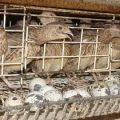

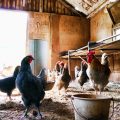
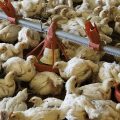
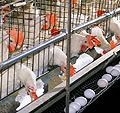
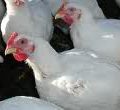

I go beyond of these native chicken raising
I also have native chicken but i give anti biotic…….can you give me an advice what to do if i don't want to give anti biotic?
nice
Im so inerested to have this section..just breeding and and I would like to know the cheapest and ef
I am interested on raising native chicken ty.
Dis 2015 my sced npo b 4 seminar s native chicken s region 4
I was interested on the topic on native chicken production, wish could start a small business.